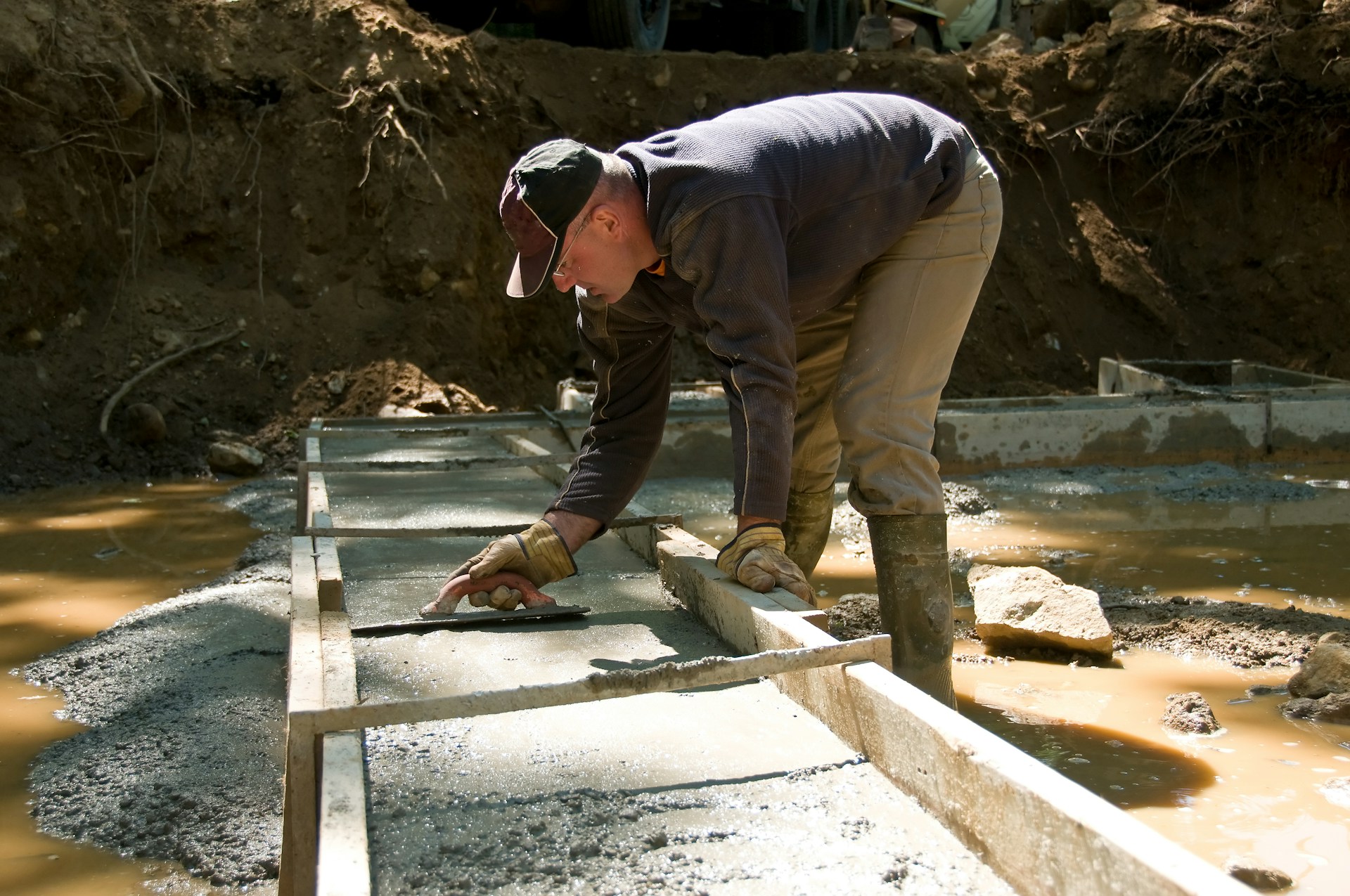Unless you are an avid gardener, you probably do not concern yourself too much with the soil’s makeup on your property. Even then, you may mostly worry about drainage for the vegetable plants and nutrients for the herbs. However, Florida’s granular soils have a dark side. Sometimes, they cause soil expansion and lead to the ground shifting, and when your residential or commercial foundation sits on this patch of dirt, there will be problems.
Soil Expansion and Contraction Affect the Structural Integrity of a Building’s Foundation
A closer look at your ground’s expansion potential of soil reveals that it consists of clay, silt, sand, and loam. That said, these individual components are not there in equal ratios. Some land parcels have plenty of clay but far less loam. Others have a rich mix of sand and loam but very little clay. Engineering consultants have found that soils made up of sand and loam are relatively stable.
Moisture causes a few changes. Therefore, this is an ideal setup to support single and multi-story buildings. However, when clay enters the equation of expansive soil properties, it weakens the ground’s stability. Moisture causes the clay to expand. Prolonged times without water result in shrinking. The combination of expansion and contraction leads to decreased stability. Foundation damage is not far behind.
The Mechanics of Clay Expansion and Contraction Problems
Sandy soil is not just fantastic for a succulent garden, but it is also very stable for building. It does not absorb water but allows it to pass through its granules. Therefore, it is a consistent ground material. Loam has many of the same qualities. However, it can erode over time. As a result, you must check it and restore it to prevent structural problems.
Then, there are silt and clay. Both absorb water rather than letting it pass through. When this happens, the soil’s volume increases. Such soil expansion can lead to forces acting on a foundation, which can lead to cracks and shifts. When the soils dry out, it decreases in volume. You have undoubtedly seen cracked clay soil that seems to draw into itself. The creation of these gaps removes structural support from the foundation in some areas.
How the Presence or Absence of Granular Soils Affect Single and Multi-Story Buildings
It is exceedingly rare for construction projects to focus on the ideal soil mix. Rather, Florida engineering experts look for ways to minimize soil expansion problems by focusing on residential and commercial foundation projects in areas where the soil is overall favorable. Even so, your home or office building’s foundation sits on a variety of soil layers that vary in depth and breadth. Not surprisingly, the qualities of the soil have a direct effect on your commercial or residential foundation.

• Moisture cycle. It does not happen overnight. It can be so gradual that you may not even realize that the soil is gradually giving way. When the ground can no longer support the structure’s weight, it will cause the foundation to settle.
One or more seasons of shrinking and expanding soil are typically the culprits. By the way, did you know that fast-growing trees have the same effect on the ground? They take up so much water that it upsets the soil’s moisture balance, which leads to contraction.
• Ongoing water influx. Even the best soil mixture can give way to https://geology.com/articles/expansive-soil.shtmlsoil expansion when the conditions are right – or wrong. For example, prolonged flood conditions result in soil expansions. When you have poor drainage built into your property, the water can stay in areas near the foundation and continue to affect the soil even though the top seems dry. Plumbing leaks that remain undetected often contribute to this problem.
• Builder error. It does not happen often. However, poorly performed construction projects can set up a foundation for failure. If the way the soil was compacted on your property is not done with composition and drainage in mind, there is a chance that a commercial or residential foundation will require repairs from the start.
Telltale Signs That You May Have a Foundation Problem
You might be looking for solutions to foundation problems when you notice the signs of damage. You see cracks in ceilings, walls, patios, and walkways that seem to get bigger, longer, and more pronounced. It is more difficult to open some doors and windows. Sheds, fences, and pool houses may begin to lean. When you place a marble on the floor, it rolls in a specific direction each time.
Top Solutions for Foundation Repair Needs
There is good news. If you have foundation problems, there are frequently simple repairs that fix the situation, prevent further damage, and restore the overall balance of the soil and the structure sitting on top of it. Solutions begin with regular inspections. Because soil expansion foundation damage is gradual, it makes sense to hire an inspector every few years to check. Catching problems early saves you money. Not only will it call for smaller fixes, but it will also keep you from having to replace a sagging roof and other problems.
If there are repair needs, the expert may identify various solutions. If the makeup of your soil is likely to cause ongoing problems, you may do well with having grout pumped into the ground through a variety of casings. This results in a stabilized base, which continues to support the foundations of all types of buildings. There are several ways to fix foundations with settlement problems. For example, underpinning is an excellent way of securing the structure. The installation of helical piers is another way. Concrete leveling can result in the support of a foundation that is in danger of further damage.
Foundation Repair Contractors Offer Soil Expansion Solutions
Do not wait until your retaining wall falls over, the driveway slab enters the garage, or the roof is sloping. Connect with a foundation repair specialist to inspect your property for damage. If all is well, they will tell you. However, when you need repairs, they will tell you, too. Make the call today!





